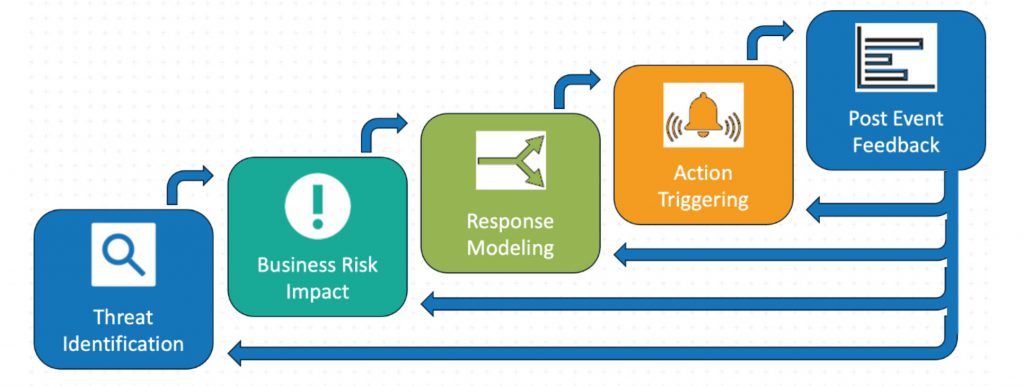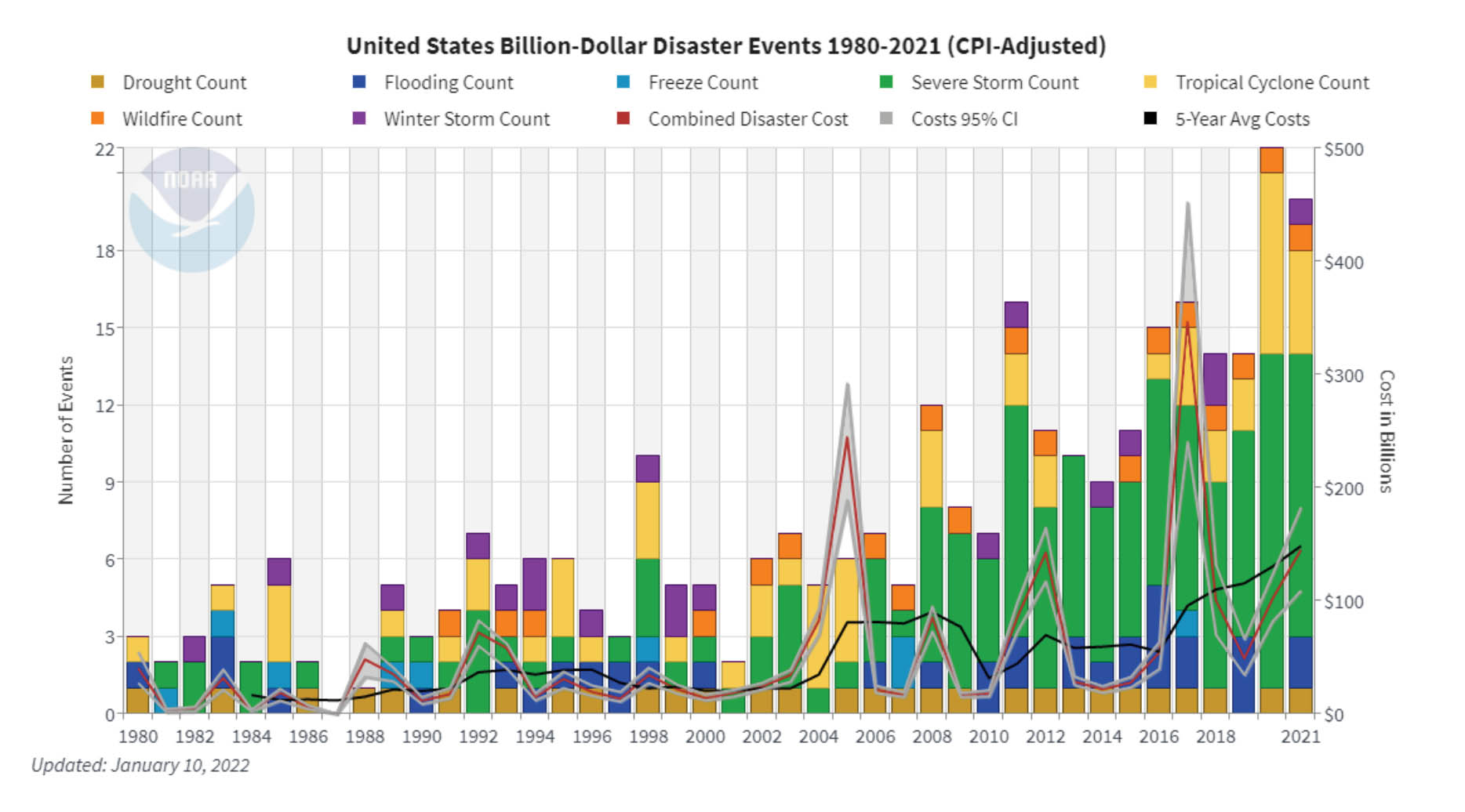— By Ian Nicolson —
How to answer the tough business continuity questions.
Severe weather poses many challenges for retail and restaurant operators, but the most significant is parsing through and analyzing the fire hose of incoming weather forecast data to determine the real business impacts to their operational processes and locations.

Ian Nicolson, StormGeo
Business response plans need to be objective, consistent, repeatable and defensible to the CFO. It can be overwhelming to answer critical logistics questions like these using just the wind and rain data provided by the local forecast:
- Will the power be disrupted and for how long?
- Will the building flood and how deep will the water be?
- Will key roads be flooded, preventing supply chain deliveries?
- Is the backup generator elevated high enough, so it does not go under water?
- What about the safety of staff and customers? Should the location close or stay open? Will staff and customers be stranded and unable to get to and from the location?
- What steps need to be taken to protect the facility? Should sandbags or tiger dams be deployed? Should the windows be boarded up? What is the best place to safely stage resources?
- What is the probability that the forecast will change (which happens often!) and impact the above plans?
A Data-Backed Approach to Business Impact Modeling: Power Outage Prediction
 Power outages are the Number 1 business disruptor in the United States, and yet understanding how the weather forecast will impact the electric grid is a challenge for even the most seasoned electric utility operator. It’s not hard to imagine how difficult it is for a non-meteorologist to analyze weather data to answer questions about power disruption. One solution is to apply a modern datacentric approach by leveraging the power of artificial intelligence (AI). Handling volumes upon volumes of historical and forecasted data for every one of your locations is an easy task for AI. By using historical utility outage data for every grid point in the U.S., together with the historical observations of the 3-dimensional atmosphere for the last 20 years, companies like us are able to develop models that will predict the probability of power outages for every location in your footprint over the next week. Moreover, the AI will update that information every hour! Try doing that in your head.
Power outages are the Number 1 business disruptor in the United States, and yet understanding how the weather forecast will impact the electric grid is a challenge for even the most seasoned electric utility operator. It’s not hard to imagine how difficult it is for a non-meteorologist to analyze weather data to answer questions about power disruption. One solution is to apply a modern datacentric approach by leveraging the power of artificial intelligence (AI). Handling volumes upon volumes of historical and forecasted data for every one of your locations is an easy task for AI. By using historical utility outage data for every grid point in the U.S., together with the historical observations of the 3-dimensional atmosphere for the last 20 years, companies like us are able to develop models that will predict the probability of power outages for every location in your footprint over the next week. Moreover, the AI will update that information every hour! Try doing that in your head.
A Tiered Response for Emergency Response Planning
The AI business impact modeling is only valuable if your team has done all of the risk analysis and planning up front before the storm to identify the optimum response for different business impact scenarios. The first step for any business is to develop a tiered emergency response plan. Following these steps ensures your organization will not only recover from a storm event, but will thrive by outperforming industry peers via exceptional loss mitigation and enhanced revenue generation:
- Start with the identification of a potential threat event (weather or other risks).
- Translate the threat event into a clear understanding of the business impact based on data.
- Use risk analysis like cost-loss modeling to determine the optimum response given the intensity and probability vectors of the business impact.
- Build and implement a notification system to trigger the appropriate response actions at the necessary lead times required to complete the response ahead of the event.
20 Billion-Dollar Disasters Exceeding $145 BILLION in 2021
It’s no question that the U.S. has seen an increase in the number of weather- and climate-related disasters over the years. Since 1980, the U.S. has sustained 310 weather disasters with damages exceeding $1 billion, and 123 of these events have occurred in the past 10 years, according to recent reports from National Oceanic and Atmospheric Administration (NOAA). In 2021, the range of disasters included drought, wildfire, derecho, tornadoes, hurricanes and ice storms causing power outages, flooding, poor air quality and property damage and lost lives affecting all regions of the U.S.

It is also no longer a question of whether you will experience a severe weather disaster, but instead whether you are prepared to manage three, four or five events in a single month. Now is the time to evaluate your current response plan and work on building a robust emergency management solution that can handle the intensity and frequency of major disasters in the U.S. and beyond.
Severe weather doesn’t have to spell disaster for your business. Start with codifying a tiered emergency response plan across all your business locations. Then enhance the plan with current weather data and historical forecast and observational data powered by AI for each of your business locations. If COVID taught us anything, critical business operations can’t rest in the hands of only a few key people with the necessary institutional knowledge, experience and skill to effectively execute. Incorporating AI into your business continuity can be a powerful and low-cost way to protect your business and ensure that you’re able to deliver on brand promises.
— A native of Scotland, Ian Nicolson is a senior industry manager at StormGeo, a 24/7 provider of weather intelligence. He has a longstanding track record providing solutions to retail businesses, helping them solve their greatest challenges while offering new and innovative strategies to streamline operations and grow business.

